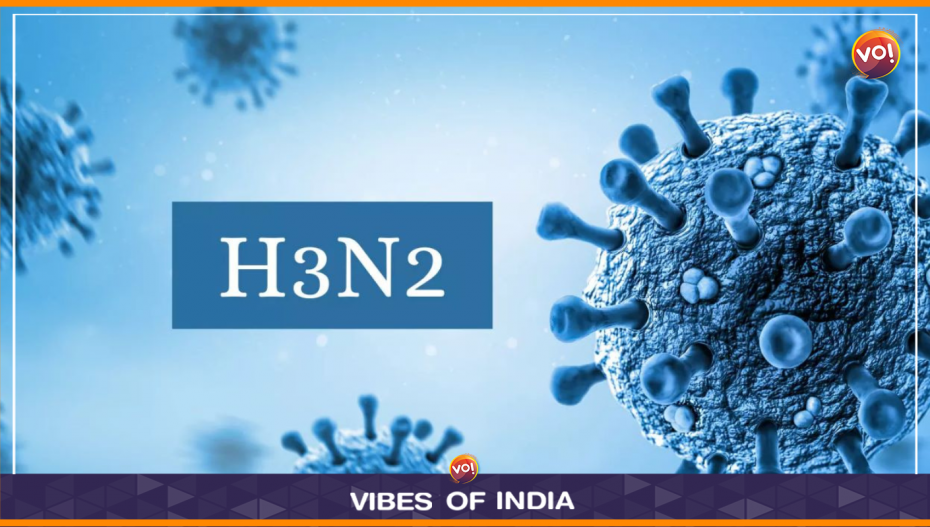While the Center for Disease Control and Prevention has issued an alert to states about the H3N2 influenza virus, doctors at the Sawai Man Singh (SMS) Hospital here report cases of influenza-like illness (ILI).
“Patients with upper respiratory infections, that is, influenza-like illness, are coming to OPDs and clinics. Because of changes in weather and unseasonal rain, there is a surge in respiratory viral illnesses,” said Dr Puneet Saxena, senior professor (medicine), at SMS hospital.
Many patients who arrive at hospitals complain of a persistent cough that lasts for weeks, even after they have recovered from fever and other ILI symptoms.
“The H3N2 is an antigenic drift and a mild mutation in the influenza virus. Usually, the illness lasts for five to seven days and the fever starts going away after three days. However, the coughing can persist for up to 3-4 weeks. Self-hygiene is the best way to prevent the spread of H3N2,” said Dr K K Sharma, head of the department (pulmonary & sleep medicine).
The current wave of cold cough fever might be more than the usual “seasonal viral.” Now that the Central government has confirmed the first two H3N2 fatalities, the caution in masking up is back.
The Indian Medical Association (IMA) has, meanwhile, urged doctors to not prescribe antibiotics to patients before confirming whether the infection is bacterial, as this can build up resistance. Most current cases of fever, cough, sore throat and body aches are cases of influenza, for which antibiotics are not needed.
According to WHO, seasonal influenza is an acute respiratory infection caused by influenza viruses. There are four types of seasonal influenza viruses, types A, B, C and D. Influenza A and B viruses circulate and cause seasonal epidemics of disease. Influenza A viruses are further classified into subtypes according to the combinations of hemagglutinin (HA) and neuraminidase (NA), the proteins on the surface of the virus.
Also Read: Rajasthan: Five Palaces For The Perfect Royal Wedding Day










